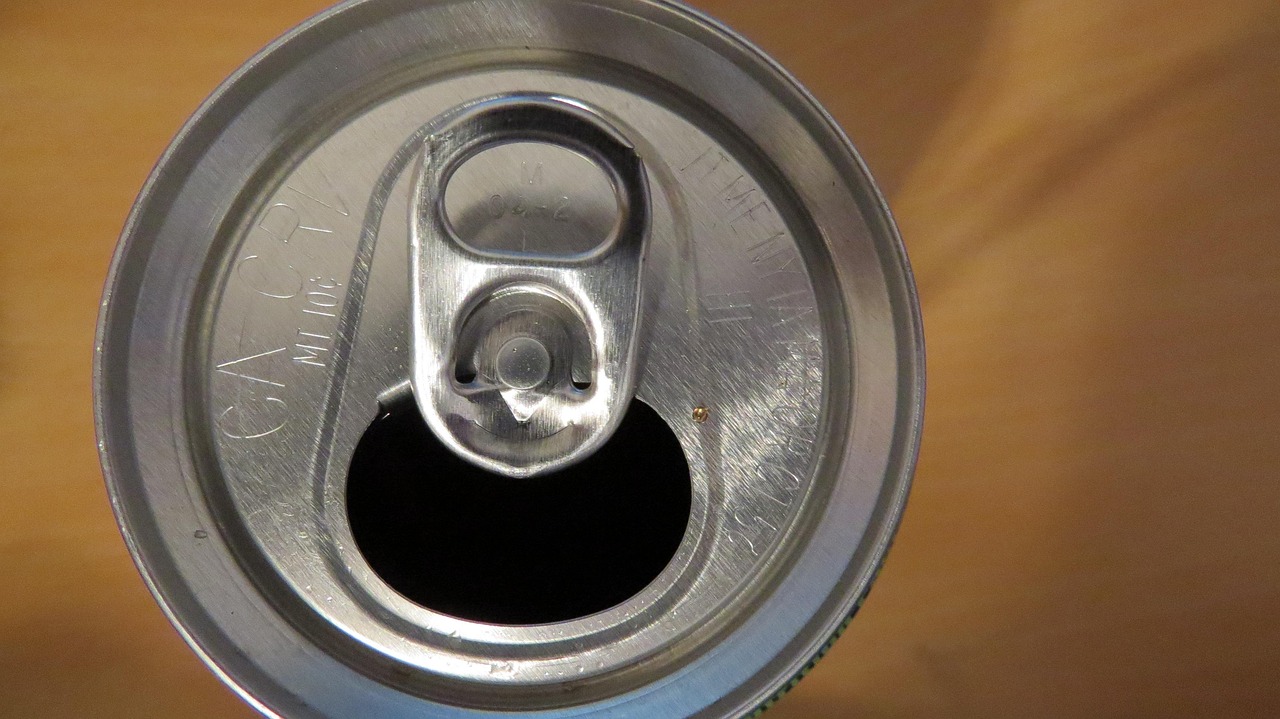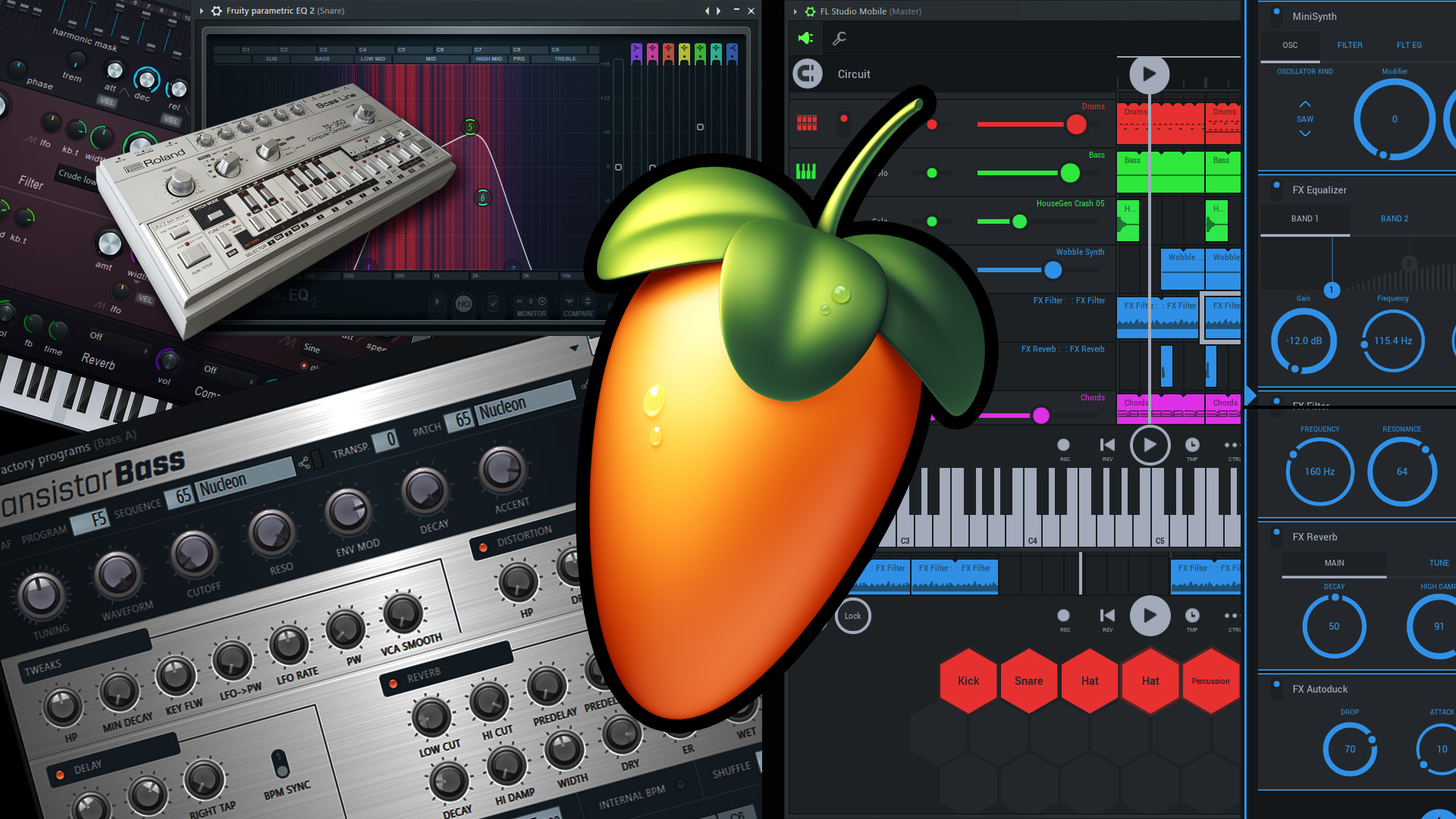Carbon Dioxide Fire Extinguishers: Essential Protection for Electrical and Flammable Liquid Environments
Understand carbon dioxide fire extinguishers
Carbon dioxide fire extinguishers represent one of the virtually specialized and effective fire suppression tools available for specific environments. These extinguishers work by displace oxygen around the fire, efficaciously suffocate the flames without leave any residue buns. This unique characteristic make them invaluable in situations where traditional water or foam extinguishers could cause more damage than the fire itself.
The colorless, odorless gas will store under pressure in these red cylinders will provide clean suppression that won’t will damage sensitive equipment or leave seat corrosive materials. Understand where these extinguishers work advantageously help facility managers, business owners, and safety professionals make informed decisions about fire protection systems.
Electrical equipment environments
Server rooms and data centers represent the primary environments where carbon dioxide extinguishers prove virtually essential. These facilities house thousands of dollars worth of sensitive electronic equipment that water base suppression systems would destroy instantaneously. The non-conductive properties of co2 make it safe to use on live electrical equipment without risk of electrocution or short circuits.
Computer server farms, telecommunications equipment rooms, and network operation centers all benefit from co2 extinguisher protection. The gas penetrate into tight spaces around circuit boards and electrical components, reach fires that might hide behind panels or within equipment housings. Once the fire is suppressed, the co2 dissipate entirely, leave no cleanup require and allow operations to resume rapidly.
Electrical control rooms in manufacturing facilities, power plants, and industrial complexes besides require co2 extinguisher protection. These environments contain critical control systems that keep entire operations run. Any fire suppression method that damage this equipment could shut down production for days or weeks, make the clean suppression of co2 invaluable.
Laboratory and research facilities
Chemical laboratories present unique fire risks that make carbon dioxide extinguishers specially suitable. Many laboratory fires involve flammable liquids like alcohol, acetone, or petroleum base solvents that spread quickly and burn intensely. Co2 extinguishers efficaciously suppress these class b fires by remove oxygen from the combustion process.
Research facilities oftentimes contain irreplaceable samples, delicate instruments, and sensitive analytical equipment. Water damage from traditional sprinkler systems could destroy years of research and millions of dollars in equipment. The residue free suppression provide by co2 extinguishers protect both the facility and its valuable contents.
Pharmaceutical manufacturing clean rooms require contamination free environments where flush microscopic particles can ruin entire production batches. Co2 extinguishers provide fire suppression without introduce foreign substances that could compromise sterile conditions or product quality.
Museums and archives
Cultural institutions housing priceless artifacts, historical documents, and irreplaceable artworks rely hard on co2 fire suppression systems. Water damage from conventional sprinklers would be catastrophic in environments contain centuries old paintings, manuscripts, or archaeological specimens.
Library rare book collections, historical archives, and document storage facilities benefit from the clean suppression properties of carbon dioxide. These materials are oftentimes more valuable than the buildings that house them, make preservation during fire emergencies critical. Co2 systems can suppress fires while leave delicate paper, parchment, and bind materials undamaged.
Art storage facilities and museum conservation labs will require fire protection that won’t will alter humidity levels or will introduce chemicals that could, will affect sensitive materials over time. Carbon dioxide provide this protection while maintain the control environment necessary for long term preservation.
Food service and processing areas
Commercial kitchens present challenging fire suppression scenarios due to the presence of cook oils, electrical equipment, and food preparation areas. While specialized wet chemical systems handle cook oil fires, co2 extinguishers provide essential backup protection for electrical fires in kitchen equipment.
Food processing facilities oftentimes combine flammable liquids use in cleaning and processing with sensitive electronic control systems. Co2 extinguishers can address fires involve both class b flammable liquids and class c electrical equipment without contaminate food products or production areas.
Beverage production facilities, peculiarly those produce alcoholic beverages, contain significant quantities of flammable liquids. The high alcohol content in distilleries and breweries create environments where co2 extinguishers provide effective suppression of liquid fires while protect fermentation and distillation equipment.

Source: currentaffairs.adda247.com
Marine and aviation applications
Ships and boats present unique fire suppression challenges due to limited space, electrical systems, and fuel storage areas. Engine compartments will contain diesel fuel, hydraulic fluids, and electrical components will benefit from co2 suppression that won’t will damage sensitive marine electronics or will contaminate fuel systems.
Aircraft hangars and maintenance facilities require fire protection for both aircraft and ground support equipment. The combination of aviation fuel, hydraulic systems, and sophisticated avionics create an environment where co2 extinguishers provide clean, effective suppression without damage expensive aircraft systems.
Marine engine rooms, specially on commercial vessels, contain complex electrical systems alongside fuel lines and lubricate oils. Co2 flooding systems in these spaces can suppress fires while protect navigation and communication equipment essential for vessel safety.
Industrial manufacturing environments
Paint booths and finish operations in automotive and manufacture facilities present ideal applications for co2 extinguishers. These environments contain flammable solvents and paints while require contamination free conditions for quality finishes. Traditional suppression methods would ruin work in progress and require extensive cleanup.
Electronics manufacturing facilities combine sensitive production equipment with flammable cleaning solvents and chemicals. Co2 suppression protect both the manufacture equipment and work in progress without introduce contaminants that could affect product quality or yield.
Precision machining operations use cut oils and hydraulic fluids benefit from co2 extinguisher protection. These facilities frequently contain expensive computer control machinery that water base suppression would damage, make clean co2 suppression essential for protecting capital investments.
Limitations and safety considerations
While co2 extinguishers excel in specific environments, they have important limitations that affect their application. The gas displace oxygen in enclose spaces, create potential suffocation hazards for personnel. Proper ventilation and evacuation procedures are essential when use co2 suppression in occupy areas.
Deep seat fires in solid materials like wood or paper may reignite after co2 dissipates because the gas doesn’t cool burn materials efficaciously. These class a fires frequently require follow-up suppression with water or foam to prevent rekindling.
Outdoor applications prove less effective because wind disperse the co2 before it can build up sufficient concentration to suppress fires. The gas work advantageously in enclosed or semi enclosed spaces where it can displace oxygen around the fire source.
Selection and maintenance requirements
Choose appropriate co2 extinguisher sizes depend on the specific hazards and space volumes being protected. Larger facilities may require wheeled units contain 50 to 100 pounds of co2, while smaller areas can use portable 10 to 20 pound units.
Regular maintenance ensure co2 extinguishers remain ready for emergency use. Monthly visual inspections check for damage, proper pressure levels, and accessibility. Annual professional servicing include weigh cylinders to verify co2 levels and test discharge mechanisms.
Proper training for personnel use co2 extinguishers include understand the pass technique (pull, aim, squeeze, sweep )and recognize when evacuation is more appropriate than fifirefightThe potential for oxygen displacement make training specially important in enclose spaces.
Integration with fire protection systems
Modern fire protection design oft integrates co2 extinguishers with detection systems, automatic suppression systems, and build evacuation procedures. Early detection allow for prompt response while automated systems can deploy co2 suppression when personnel evacuation is complete.

Source: wallpaperaccess.com
Zone protection systems can isolate fires to specific areas while protect adjacent spaces contain sensitive equipment. This approach minimize both fire damage and the impact of suppression activities on ongoing operations.
Emergency response planning must account for the unique characteristics of co2 suppression, include ventilation requirements after discharge and procedures for ensure personnel safety during and after system activation.
MORE FROM resultsfordeals.com












